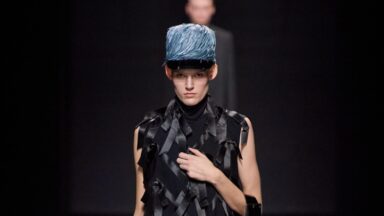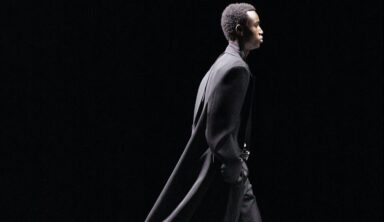The mixed styles of art and digital communication for Gucci
Text by: Charlotte Garlaschelli
There is little doubt that this is going to be the year of Gucci. The brand has managed to overcome reality and run forward in all its initiatives, including digital ones. The #GucciChallenge meme went viral all around the web, inspired by the models of its latest show, who appeared on the catwalk like replicants carrying their own heads as a fashion accessory. Among others, there were Anna Dello Russo and Chloe Chill.. However, the advance of surrealism is present as a topic in the Gucci campaign as well, which is yet again attentive to its online presence. Elton John is now testifying his collaboration with the volcanic and daring Alessandro Michele. He introduces a Capsule Collection on gucci.com that is dedicated to his seminal song “Levon”, for which the artist of the Gucci 2018 campaign has prepared a gorgeous illustration.
Fabulous, astounding, ironic, a little Disney, a little Miyazaki, a little fantasy, caricatural at times, but definitely utopian and with many references to the iconic art of Goya, Ingres and van Eyck: these are some typical features of the imagination of Ignasi Monreal, a Spanish illustrator and graphic designer based in London. The lucky collaboration between Gucci and the artist manages to uplift the brand towards an over-the-top dimension, that is constantly in touch both with history and contemporary, but is never taking itself seriously.
The Gucci campaign for the Spring/Summer 2018 collection has just kicked off and has already flooded the streets. It will be connected to a new digital experience presented in the Gucci stores all around the world: big screens with an animated picture by the artist, stickers you can scan to access a micro website from the Gucci App with downloadable wallpapers by the artist and images of Gucci products. But the animated experience of the Gucci-Monreal collaboration does not end here. Some of the images used for the advertising campaign on traditional media, such as newspapers and magazines, can be used to access from the App a 3D world of augmented reality for an experience that will entirely involve its users.


